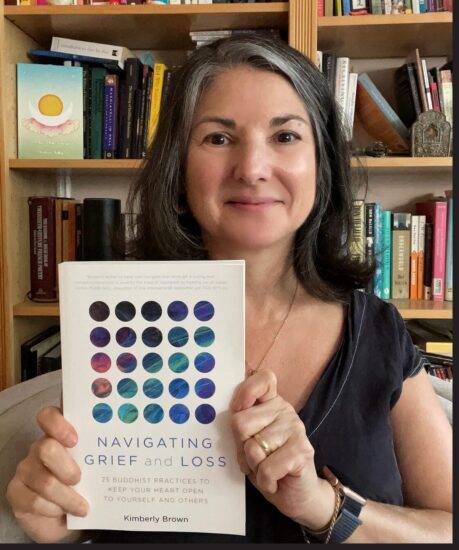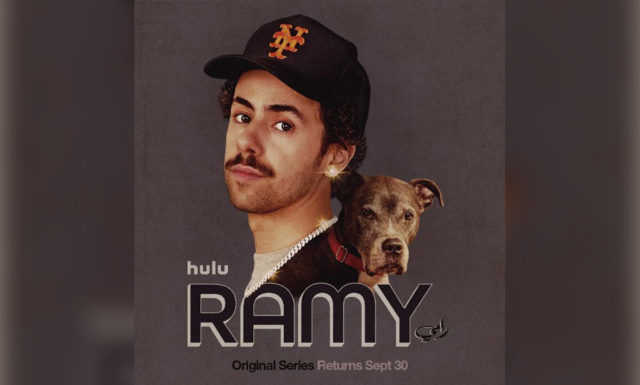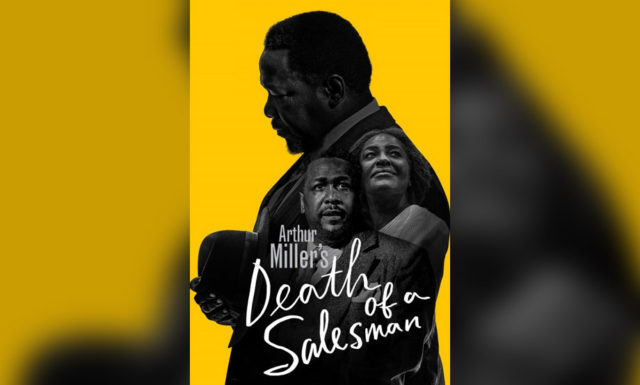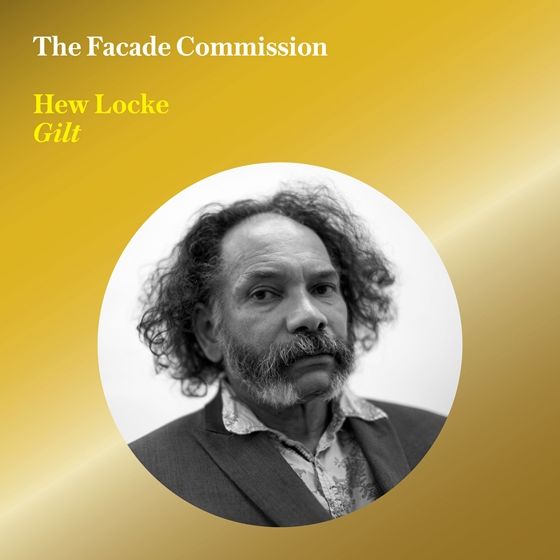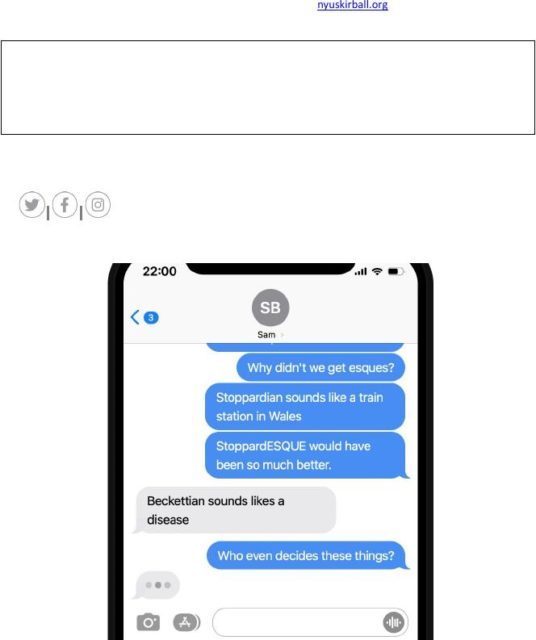
Textplay imagines a digital conversation between Samuel Beckett and Tom Stoppard
TEXTPLAY: TOM STOPPARD AND SAMUEL BECKETT IN CONVERSATION
NYU Skirball digital
Through December 3, $20
nyuskirball.org
During the pandemic lockdown, when companies did not have access to theaters, I experienced numerous cutting-edge live presentations made for laptop, desktop computer, telephone, and smartphone, over Zoom, Instagram, and various new interactive digital platforms, many of which were eye-opening, ingenious ways for creators to connect with one audience member at a time. The latest attempt at this solo virtual magic is Archer Eland’s Textplay, an NYU Skirball production that takes place on your smartphone or desktop device, a real-time imagined, prerecorded texting conversation between absurd theater masters Samuel Beckett and Tom Stoppard. Unfortunately, it is not virtual magic, although it borders on the absurd.
In a 2019 article in the Guardian about Beckett, Robert McCrum writes of a late-1960s gathering at which Stoppard, a young journalist, encounters the Irish playwright for the first time. Stoppard confides, “I was at that time in a strange state of [Beckett] worship, and it hadn’t occurred to me that you could actually meet him. To me, he was a kind of spiritual presence. So I was incapacitated. I was at this party, feeling like a yokel from Bristol. . . . Someone said ‘Would you like to meet Sam?’ ‘Sam?’ ‘Samuel Beckett.’ Apparently, ‘Sam’ was in the kitchen. So I was led off and introduced to ‘Sam.’ Of course I hadn’t the faintest equipment to exploit this meeting. I have no idea what I should have said, and what he might have said in reply, and after a few minutes I backed away.”
While Beckett was a major influence on Stoppard, I can’t find evidence that they were close friends, close enough to, were Beckett still alive (he died in 1989 at the age of eighty-three), be chatting buddies. I also don’t know if the eighty-five-year-old Stoppard is a digital gossiper. But in Textplay, which in the Urban Dictionary is defined as “simulated foreplay,” Beckett and Stoppard engage in a thirty-five-minute nonsexual chat about art and theater (and hair), goading and chiding each other, complete with emojis and typos.
“We made great discoveries, landed on the moon, cured disease, defeated injutice [sic],” Stoppard claims. Beckett rebuffs, “NO! No we didn’t . . . nice try. We wrote nothing and tricked people into thinkng [sic] it meant everything. All we did was tart up a hole and claim it was an abyss . . .”
Upset that Harold Pinter gets Pinteresque but they get Beckettian and Stoppardian, Tom writes, “Stoppardian sounds like a train station in Wales,” while Sam complains, “Beckettian sounds like a disease.”
Alas, those are among the only memorable exchanges in the play, which, once it begins, can’t be paused or rewound without starting again from the very beginning. The viewer watches the conversation from the point of view of Stoppard; we see his posts as he types them, including much rewriting as his thought process is revealed. That is interesting at first but quickly becomes tedious, especially one long message about the meaning of art in which Stoppard types several responses but deletes them (argh, letter by letter) before deciding on what to send to Beckett. The pacing is also off in Beckett’s replies, which are instantaneous and appear to know exactly when Stoppard’s are done; there is just no way he could have physically written many of them in the time it takes for him to post them.
When I sit in the theater, I never check the time, but I found myself doing so on my smartphone over and over to see how close to the end we were. The idea of making the phone the primary vehicle that delivers this story is a good one, since the object itself is anathema in theaters, where people are told over and over to power their phones down — yet invariably someone’s phone goes off at just the wrong dramatic moment. In addition, the phone constantly begs for our attention no matter what else we are doing; it seems like some people just can’t sit in a theater for two hours without obsessively checking it. But with Textplay, that pull is even stronger, since you won’t be bothering anyone around you if you sneak a peek at social media or your email while Beckett and Stoppard chatter on. And you won’t miss a thing.
